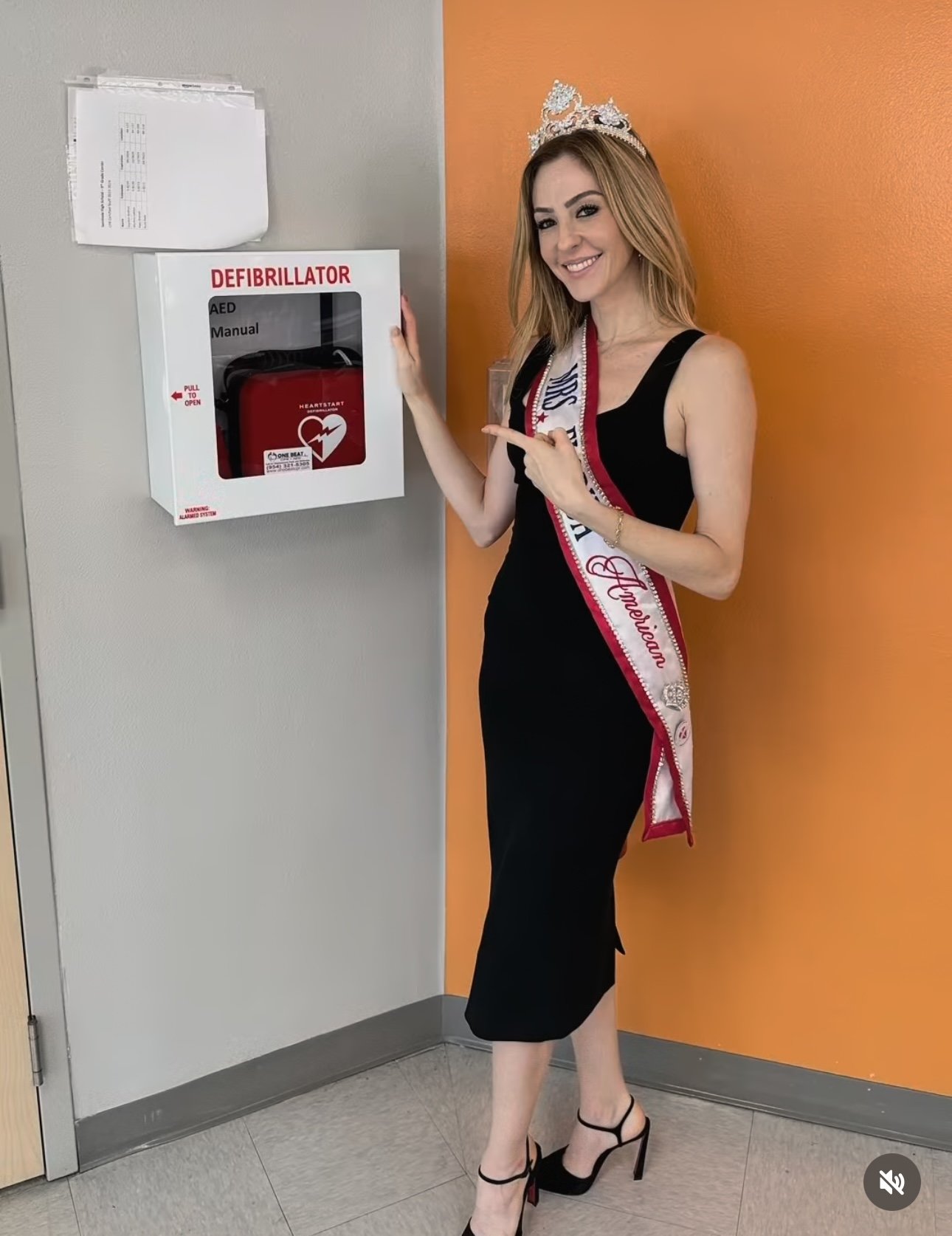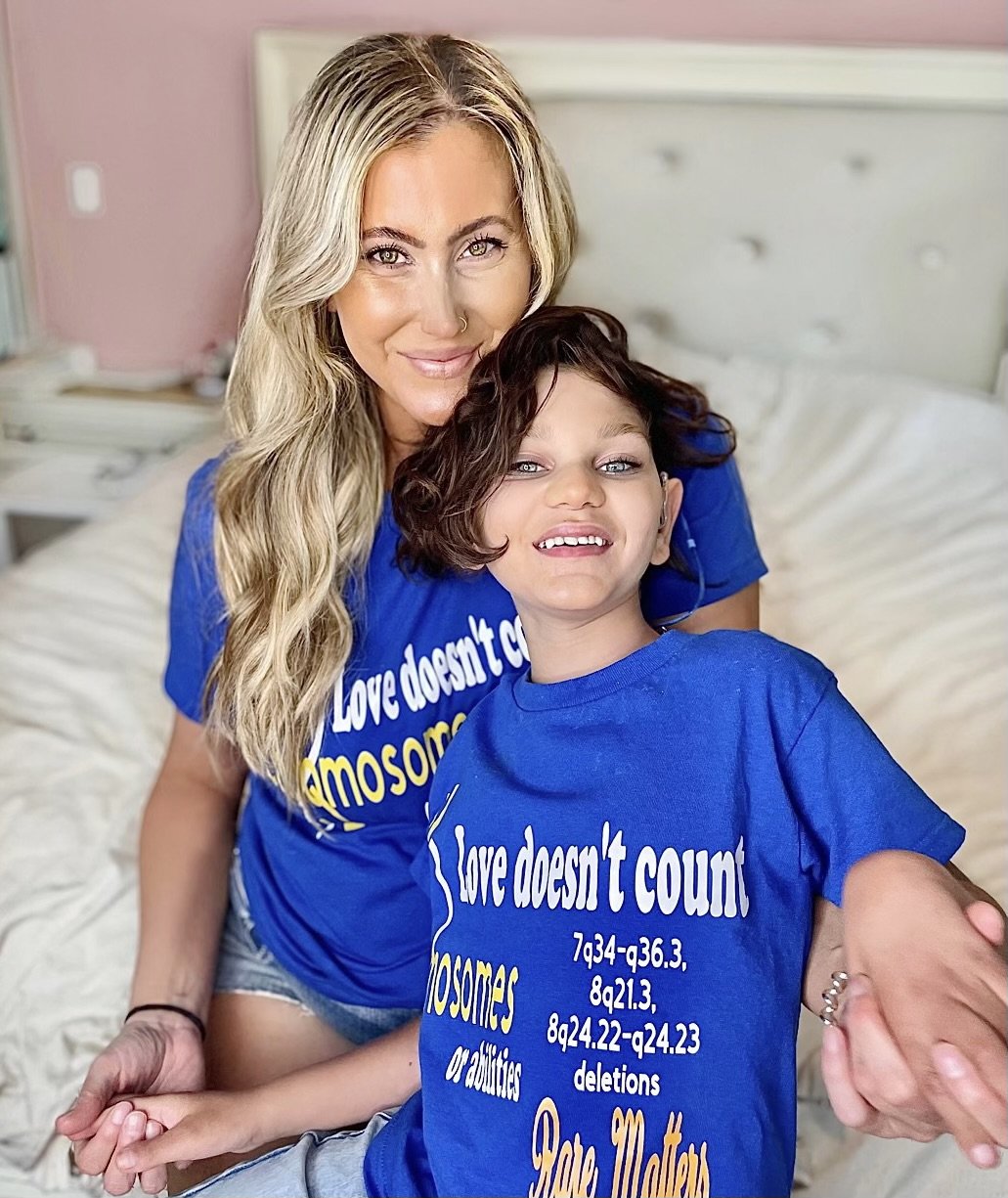
Why Voices Like Kat’s Matter: A Journey with LQTS
Kathryn, better known as Kat, has a journey with Long QT Syndrome (LQTS) that is marked by persistence, discovery, and ultimately, hope.

The Heart of a Cheerleader: Liv’s Journey with LQTS2
At just eight years old, Olivia Rey is already learning to navigate life with strength—and a whole lot of sparkle. She has Long QT Syndrome Type 2 (LQTS2), a rare and potentially serious heart rhythm condition. But Liv isn’t about to let it slow her down.

Eleanor’s Story: The Tiny Heart That Changed Everything
In 2020, at just 24 weeks pregnant, Lena faced the devastating fear that her baby, Eleanor, was in heart failure and might not survive.

Jana’s Story: How CPR and an AED Saved Her Life
On January 2, 2019, at just 33 years old, Jana suffered a sudden cardiac arrest (SCA).

Jenylyn’s Story of Survival and Advocacy
On July 10, 2005, Jenylyn experienced a life-changing moment. While in the bathroom, she collapsed unexpectedly.

Forever in Our Hearts: Landen’s Brave Battle with LQTS
Landen was a walking, talking, basketball-playing, laughing, loving miracle. Nothing could keep him from living life on his terms.

Shake it for Shea - Shea’s LQTS Story
Baby Shea came into the world, early, in dramatic style. She needed resuscitation immediately after birth, and on her second day of life, Shea’s heart went into a type of arrhythmia called Torsades de Pointes. Doctors estimated that Shea’s QT interval was over 700 (normal is <440ms).

Heather’s LQTS Story
In February 2018, Heather, the Curriculum Director of her local school district, was joking and chatting with colleagues in the conference room. All of a sudden, she felt the room begin to spin, felt nauseous, and attempted to leave for the restroom. She managed only two steps towards the door before her heart stopped, and she dropped lifeless to the floor.

Azariah’s LQTS Story
Baby Azariah, whose name means ‘God is my help’, was born prematurely and spent 33 days in NICU (Neonatal intensive care unit). He was initially rushed to NICU due to an abnormal heart rate. Fortunately, the hospital had the state’s best paediatric electrophysiologist and diagnosed Azariah with a severely prolonged QT interval. He immediately started beta blockers, one current therapy for Long QT syndrome. Angela attributes this vital early intervention at only two days old to saving Azariah’s life.

Lizzy’s lifelong journey with Long QT Syndrome
Lizzy's journey with Long QT Syndrome began at birth when a nurse noticed her low heartbeat, leading to comprehensive monitoring and the identification of her arrhythmia. She was immediately transported to the Children's Hospital of Philadelphia, where she was diagnosed with Long QT Syndrome Type 3.

Ashley, Peyton & Avery’s LQTS Story
The family hopes that by sharing their story, people will evaluate how prepared they are for a cardiac event. Whether it's through CPR training or having AEDs in schools, they want to change the narrative of "it won't happen to me".

Abrielle was two when diagnosed with LQTS Type 3
Two weeks after doctors told her parents she was the “picture of health”, Abrielle suffered a sudden cardiac arrest. Fortunately, her father was able to perform CPR until emergency personnel arrived.

Rob’s not stopping for LQTS Type 2
Rob’s message to the Long QT community is to not fear their diagnosis. He lives his life by the same philosophy he applies in racing: Control what you can control.

Lizzie Presents to the Brigham & Women’s Hospital
Lizzie hopes sharing her experiences raising a child with an ICD and diagnosed Long QT Type 15, she will reach people it can help.

Alicia’s LQTS Story
Her dad performed CPR for 20 minutes before emergency services could arrive and defibrillate her back to normal sinus rhythm. This is Alicia’s inspiring story

Complete the 10-minute SADS Research Survey & Help Change Lives
The SADS Foundation is working with companies almost ready to recruit participants for first-of-their-kind clinical trials. But first, they need to learn more about the SADS community through this ten-minute survey so they can help connect you to research studies.

Taking the Plunge for “The Long Cutie” & All Those with LQTS
In July 2021 a team of former Indiana University Swim Team are competing in the Trans Tahoe Relay race to raise awareness of Long QT Syndrome and the need for advanced treatments, while raising funds for 4-yr old Isla who has LQT3.

How Many LQTS Patients are There?
LQTS has a very real impact. At a rate of 1 in 2,500 newborns, prevalence could be north of 130,000 people in the USA alone. Most importantly, we have the ability, and perhaps the moral obligation, to diagnose LQTS and uncover individuals born with it.

Long QT Syndrome and Its Various Types
Long QT Syndrome is a relatively rare heart rhythm disorder. It affects the heart’s electrical system, resulting in abnormal electrical activity that can cause potentially fatal rapid heart rates and rhythms. There are various types of LQTS, and this article provides an overview of them.

Charlie Moisey, 4x Sudden Cardiac Arrest Survivor
Soon after the birth of her daughter, Charlie Moisey began to fall ill, but was turned away by her GP. Two months after the birth, her condition worsened.
